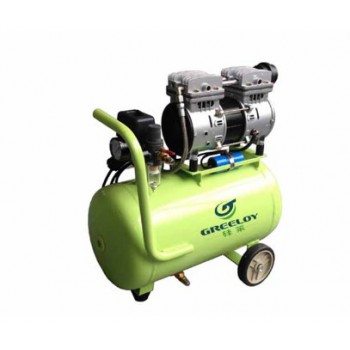The operation of an air system requires more than just an ability to turn the right switches. One of the most important aspects of the whole operation is the maintenance of the compressor and various other components, because this ensures long life and efficiency for an air system.
One of the biggest compressed air maintenance mistakes is to underestimate or miscalculate the amount of energy that a compressor will use within the span of a year. Fact is, the price to operate a dental air compressor can equal or exceed the purchasing cost of the machine in the space of just 12 months. Most problematic in this regard is the wasteful usage of a compressed air system, which often occurs when operators are unaware of the overall energy costs.
On average, an industrial air compressor will retail in the ballpark of $30,000 to $50,000. When you multiply the operating costs per hour by the number of usage hours per day across 12 months, the cost of operating the machine during the first year alone could well exceed the initial price, and that doesn’t even count any possible maintenance costs.
A reliable way to estimate annual energy costs is to take the compressor’s horsepower and multiply that by .746, then multiply that by the number of usage hours, then multiply that by the power rate, and finally divide the total by the motor efficiency.
To best assure efficiency, it’s important to accurately calculate the annual energy costs of an air compressor, and to make sure that all operating staff understand how the figure plays out on a daily basis. That way, wasteful system use can be curbed going forward.
Even though the compressor is the main component of concern within an air system, it’s not the only one in need of routine maintenance. Of equal importance during any maintenance inspection are the other components that facilitate the air supply. Chief among such components is the air receiver, which holds compressed air for times when air demands increase, and also reduces system wear and contamination.
The air receiver makes it possible to run the compressor at lower levels and conserve energy in the process. However, the air receiver won’t be able to do its job properly if it’s too small for the system, because the compressor will have to run longer than necessary to keep up with air demand. Therefore, it’s important to ensure that the air receiver is either large enough for the system, or backed with secondary receivers.


